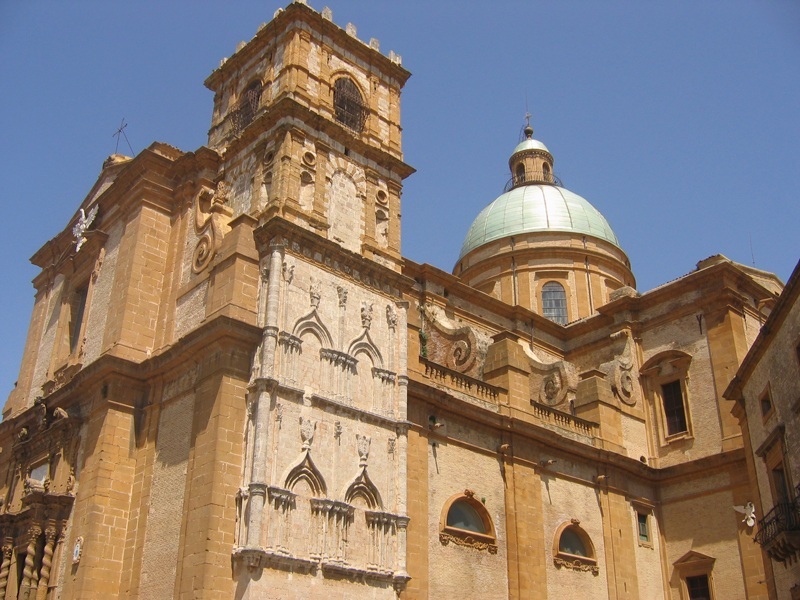Rich in medieval monuments, baroque-styled palaces, elegant religious buildings and gardens, Piazza Armerina is located on top of an hilly area of the inland, at approximately 700 meters above sea level.
The construction of the town goes back to the late medieval period. It was built on the ruins of the most ancient “Platìa”, destroyed by William I. Because the town had welcomed the noblemen who had rebelled against him. Every year, there takes place an historical celebration called Palio dei Normanni, a reenactment in honor of the Count Roger.
Discover Piazza Armerina
It belongs to the re-known Lombard district of Sicily. During their conquest, Normans repopulated several areas of the center-eastern Sicily with people coming from Normandy, Provence and Northern Italy. The arrival of those populations produced the birth of a new language. But this is different from the rest of the island, because it has many French-speaking words. So that the so-called gallo-italic dialect was born. This dialect can still be heard in the narrow medieval streets of this charming village.
Guided tour of Piazza Armerina
Villa Romana del Casale is one of the most estimable archeological findings of Sicily: a magnificent villa dating back to the imperial era. With its vast floor mosaics covering about 3500 square meters it represents the most important testimony of the roman civilization in Sicily and Italy.
Built around the III and IV century A.C., the owner was undoubtless a rich man, fond of luxury and art, who employed skilled African workers for the mosaic decorations of his holiday villa. Due to the high quality of their job, the villa still offers a vivid image of the Roman life and mythology.
The whole structure is made up of several halls with different functions: the Thermae or baths, the corridor of the great hun , the room with ten sport girls (better known as girls in bikini), the Triclinium or the dining room and the Basilica.
It was probably inhabited till the XII century, when everything was completely covered by a landslide after a flooding. This event, on the other side, permitted to preserve it until it was brought to light again in 1929. Since 1997 it has been inscribed in the UNESCO lists.
What to visit in Piazza Armerina
- Cathedral (Duomo)
- Priorato of Sant’Andrea
- Hermitage of Santa Maria della Platea
- The Aragonese Castle
- The City Hall palace
- The Church of Saint Rocco
- The Church of Sant’Anna
- The Church of San Giovanni Battista






